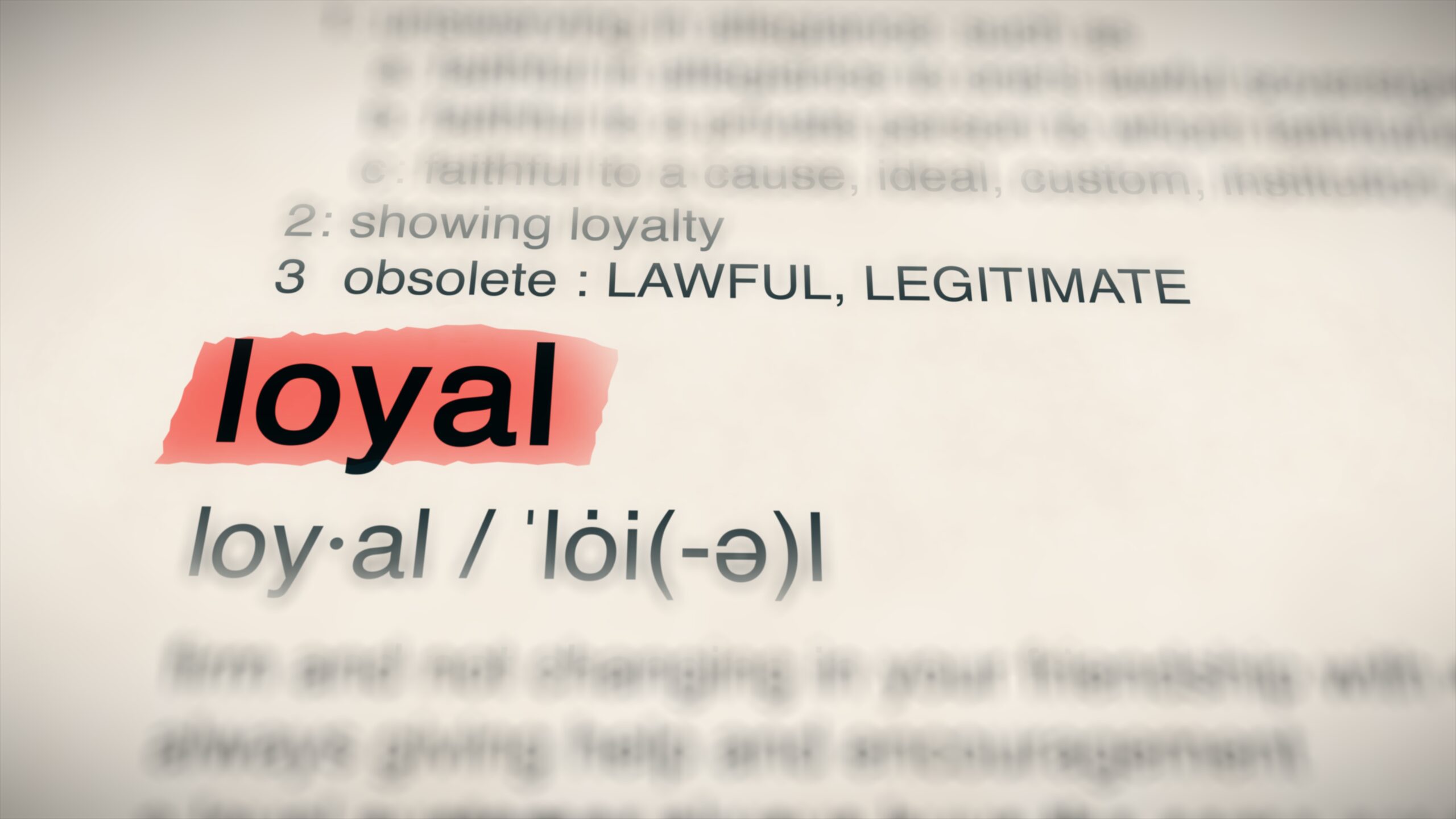lackluster
adjective
Lacking in sheen, brilliance or vitality: dull, mediocre
If someone tells you that you’ve fallen into the trap of lackluster marketing, pay heed. It means that it’s characterized by uninspired, generic and unengaging campaigns that fail to connect with your target audience. Put simply, lackluster is broadly used to describe anything blah. In today’s hyper-competitive market, companies are fighting for customers’ attention like never before. Amid these circumstances, the difference between a thriving brand and a struggling one often comes down to marketing. And what are the effects of lackluster marketing? An erosion of brand value, alienating customers, and a smothering of growth. Make no mistake about it, lackluster marketing can not only wreck your brand, but it can also put an end to your business.
Understanding Lackluster Marketing
In the province of marketing, mediocrity is never an option. Rather than captivating or converting potential customers, lackluster marketing blends into the background, making no significant impact. Key symptoms include:
-
Unoriginal Content:
Hashing over ideas that have been employed countless times, with no unique angle or creativity.
-
Poor Audience Insight:
Failing to understand the needs, desires and likings of the target audience.
-
Inconsistent Messaging:
Sending mixed messages that confuse rather than make clear a brand’s values.
-
Lack of Engagement:
Minimal interaction with customers across social media and other platforms.
-
Neglecting Analytics:
Ignoring data-driven insights that could lead to better strategies and elevate campaigns.
The Impact of Brands
-
Diminished Brand Identity:
When marketing efforts do not stand out, the brand itself fades into anonymity. Strong brands are built on unique and memorable marketing campaigns that create a lasting impression.
-
Eroded Customer Trust:
Today’s customers are savvy and can easily spot half-hearted marketing. Lack of authenticity and effort can lead to a loss of trust, making it difficult to build long-term relationships.
-
Mixed Opportunities:
Inadequate marketing means missing out on potential customers and revenue. In a world where attention is currency, failing to capture it can result in substantial financial losses.
-
Competitive Disadvantage:
Competitors who invest in bold, creative and data-driven marketing will outshine those who do not. This can lead to considerable loss of market share over time.
Case Studies in Lackluster Marketing
-
Pepsi’s 2017 Ad Campaign:
The Infamous Kendall Jenner Pepsi ad is a textbook example of lackluster marketing, widely criticized for trivializing social justice movements and displaying a severe disconnect with the audience. It led to a PR disaster.
-
Microsoft’s Songsmith:
Microsoft’s attempt to market its Songsmith software fell flat due to an awkward and unappealing promotional video that failed to convey the product’s potential, resulting in a poor reception and meager sales.
How to Avoid Lackluster Marketing
-
Deep Audience Understanding:
Marketing today is all about human connection. Invest in market research to truly understand your audience’s needs, desires and likings. Tailor your campaigns to speak directly to these insights.
-
Creative Excellence:
Don’t be afraid to push boundaries and think outside the box. Creativity is key to standing out in a crowded market.
-
Consistent Branding:
Ensure that all marketing materials consistently convey your brand’s voice, values and message. Consistency builds recognition and trust.
-
Engagement and Interaction:
Foster a two-way conversation with your audience. Engage them on social media, respond to feedback and make them feel heard and valued.
-
Data-Driven Decisions:
Make the most of analytics to track the performance of your campaigns. Learn from the data to continuously refine and improve your strategies.
Remember, in the province of marketing, mediocrity is never an option. The stakes are quite high, and the consequences of lackluster marketing can be severe. By prioritizing creativity, audience engagement, consistency and data-driven strategies, brands can avoid the pitfalls of mediocrity and achieve marketing excellence that drives growth and fosters loyalty. Keep in mind, in marketing, as in life, it’s always best to aim for greatness than to settle for the ordinary.
Message me for a free chat at Jessica.Clay@ClayAgency.com!




